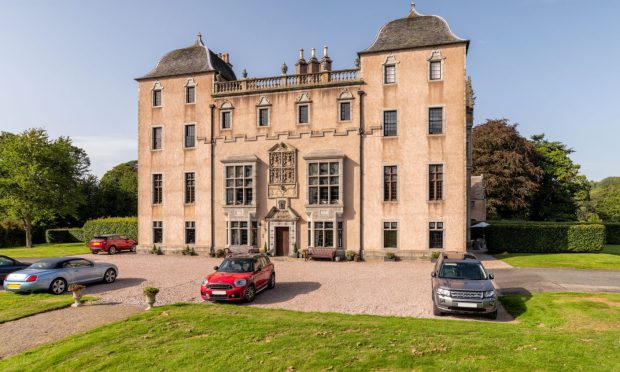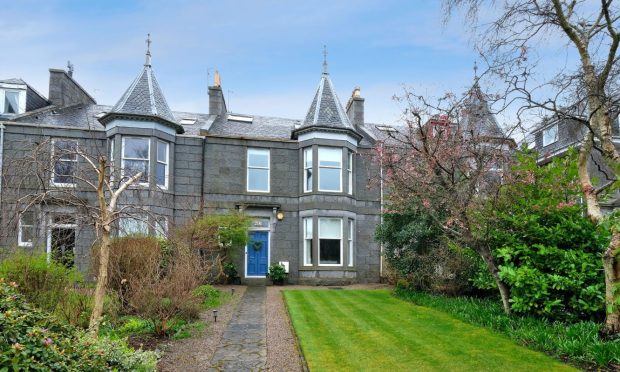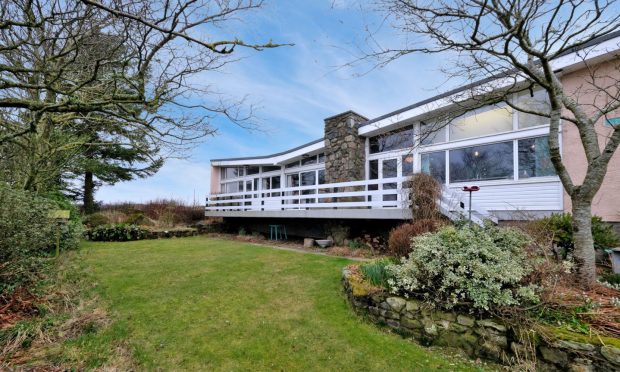From March 1, thousands of budding homeowners across the country will have the chance to apply for the Scottish Government’s Help to Buy Scheme. But how exactly does it work? Your Home lays down the facts
Earlier this year, the Scottish Government confirmed its new Help to Buy scheme in a bid to make home ownership for house-hunters far more achievable than it has been in the past.
The initiative will enable qualifying home-buyers to make their move to a new-build home with a 5% deposit, supported by an interest-free equity loan of up to 15%.
It’s certainly a great opportunity to take advantage of, but before you apply, have a read of our handy Q&A to make sure you know all the ins and outs of the scheme.
WHO IS ELIGIBLE?
Both first-time buyers and home movers are eligible to apply.
Applicants must be assessed as being able to afford at least 85% of the total value of the chosen property. This includes the mortgage and 5% deposit.
For example, based on a property priced at £230,000, a joint application from a couple earning £52,500 a year combined would be assessed as being able to finance £183,750 through mortgage finance, in addition to providing a deposit of £11,500, equating to 85% of the property value.
There is also a common misconception that you must have your 5% deposit in place when you reserve your new home. In reality, this isn’t required until around five days before moving in.
ARE THERE ANY RESTRICTIONS?
There are a small number of restrictions on buyers purchasing through Help to Buy. Firstly, the buyer cannot continue to own or part-own any other properties anywhere in the world. Any property you own must be sold before you move into your new home.
If you are moving home, you must be in the process of selling your existing property when you apply, and a buyer must be found before the transaction is complete.
Secondly, properties purchased through Help to Buy cannot be let out, unless permission is sought in exceptional circumstances.
There are also value restrictions. The scheme is available on new-build homes up to a maximum value of £230,000 for purchases which complete on or before March 31, 2017. This will reduce to £200,000 for purchases on or before March 31, 2018, and £175,000 for purchases on or before March 31, 2019.
HOW DO I APPLY?
First find a home you would like to buy from a participating house builder. The firm will then put you in touch with an independent financial adviser, who will run a simple qualification check to assess your eligibility. When this is approved, the financial adviser will then work with you to obtain an agreement in principal from a participating mortgage lender. Once this has been secured, the house builder will be able to accept your reservation.
The financial adviser will then complete and submit a full application to the Scottish Government on your behalf via the housing association managing the scheme in your region. If your application is approved, you will be given an Authority to Proceed (ATP) notice. This usually takes around five days.
WHAT’S NEXT?
On receipt of the ATP, your adviser will then complete your full mortgage application. The ATP is valid for nine months from date of receipt.
The deposit is usually paid to your solicitor around five days before your move date. This is a similar timescale to when your solicitor will draw down the Help to Buy funds from the Scottish Government, and the mortgage funds from your lender. Your solicitor will then conclude the sale with the house builder.
WHAT HAPPENS WHEN I WANT TO SELL MY HOME?
There is no restriction on how soon you can sell your home after purchasing through the Help to Buy scheme. But when you do, you must repay the assistance you received from the Scottish Government from a share of the sale proceeds. If, for example, you have an 85% stake in your property when you want to move, then you will get 85% of the selling price when it is sold.
The Scottish Government will receive the remaining 15% of the selling price. Therefore, if the value of your house increases, you will benefit from 85% of the increase. The remaining 15% of the increase will go to the Scottish Government.
The Help to Buy Scheme is available through Barratt Homes at its developments in Inverness, Elgin, Aberdeen and Aberdeenshire.As the first house builder to complete a Help to Buy transaction following the launch of the original scheme in 2013, the firm is one of the most experienced house builders participating in the new initiative. For more information on visit www.barratthomes.co.uk










